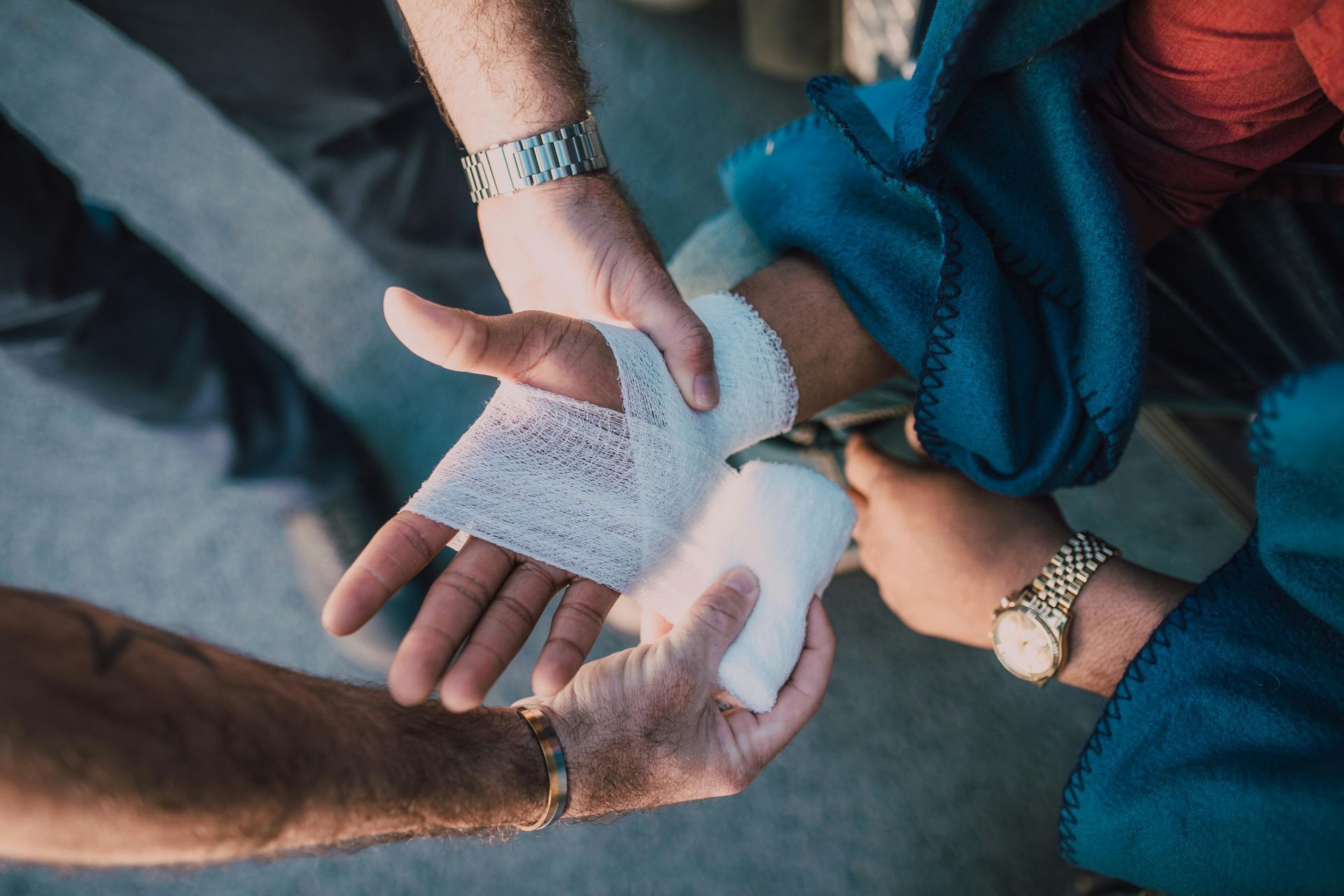How Healthcare Providers Can Improve Patient Safety With BLS and Patient Handling
Why Training Matters in Healthcare
In healthcare settings, safety is the foundation of good care. Patients place their trust in doctors, nurses, carers and support staff, expecting them to respond quickly and effectively in emergencies. Yet many patient injuries and complications in hospitals, nursing homes and clinics are linked to avoidable errors such as poor manual handling or delayed resuscitation efforts. This is why training in Basic Life Support (BLS) and patient handling is essential. Both skills save lives, reduce risks and ensure that staff can deliver care to the highest possible standard.
The Role of Basic Life Support in Patient Safety
Basic Life Support training prepares healthcare professionals to respond to life-threatening emergencies such as cardiac arrest, respiratory failure or choking. Staff learn how to perform CPR, use an Automated External Defibrillator (AED), and manage a patient until advanced medical help arrives. These are critical, time-sensitive interventions that can determine whether a patient lives or dies. By ensuring all clinical staff receive regular BLS training, healthcare providers create an environment where emergency response is immediate, confident and effective.
Why Patient Handling Skills Are Essential
Patient handling is another cornerstone of safety. Healthcare workers are often required to lift, transfer or reposition patients, tasks that carry risks for both staff and patients if done incorrectly. Without proper training, patients may suffer falls, discomfort or injury, while staff face the danger of back strain and musculoskeletal disorders. Patient handling training equips staff with safe techniques, the correct use of equipment such as hoists, and an understanding of how to protect both themselves and those they care for. This reduces accidents and promotes dignity and comfort for patients.
Linking Training to Compliance
In Ireland, healthcare providers are subject to strict safety standards under health and safety legislation, as well as sector-specific guidelines from regulatory bodies. Training in BLS and patient handling is a key part of meeting these obligations. Inspectors look for evidence that staff are competent in emergency care and safe manual handling practices. Failing to meet these standards can lead to compliance issues, legal liability and reputational damage. By investing in regular, certified training, providers demonstrate their commitment to both legal compliance and high-quality care.
Benefits Beyond Compliance
While legal compliance is important, the benefits of BLS and patient handling training go further. Staff who feel confident in their skills provide more effective care and are less likely to experience stress in high-pressure situations. Patients benefit from reduced risk of injury and improved confidence in the professionals looking after them. Families also gain reassurance knowing their loved ones are being cared for in a safe, well-prepared environment. This creates a positive cycle of trust and quality within healthcare facilities.
Tailoring Training for Different Healthcare Settings
Not all healthcare environments face the same challenges, which is why training should be tailored. In hospitals, BLS training may focus on rapid response in high-pressure situations, while in nursing homes, staff may need more emphasis on safe patient transfers and mobility assistance. Community and voluntary organisations may require a balance of both, ensuring carers have the knowledge to handle day-to-day risks as well as rare but critical emergencies. Delivering training on-site helps staff practise in familiar surroundings, making it easier to apply their skills when needed most.
The Long-Term Impact of Training
For healthcare providers, training is not just a box-ticking exercise — it is an investment in quality. Facilities with strong safety records enjoy greater trust from patients and families, fewer workplace injuries among staff and lower insurance and legal costs. They also experience better staff retention, as employees feel supported and valued. Over time, consistent training builds a culture of safety where everyone understands their role in protecting patients and each other.
Conclusion: Safer Patients, Safer Staff, Stronger Care
Improving patient safety is at the heart of healthcare, and BLS and patient handling training are two of the most effective ways to achieve it. With the right training in place, healthcare providers ensure their staff can respond to emergencies, prevent injuries and maintain high standards of care. This strengthens both compliance and confidence, making healthcare settings safer for everyone.
Book Healthcare Training with Handle with Care
Handle with Care delivers certified BLS and patient handling training across Ireland. Our courses are designed for hospitals, nursing homes and community care providers, ensuring staff are equipped with the skills to protect patients and themselves. Training is delivered on-site, tailored to your environment and compliant with Irish safety standards.




